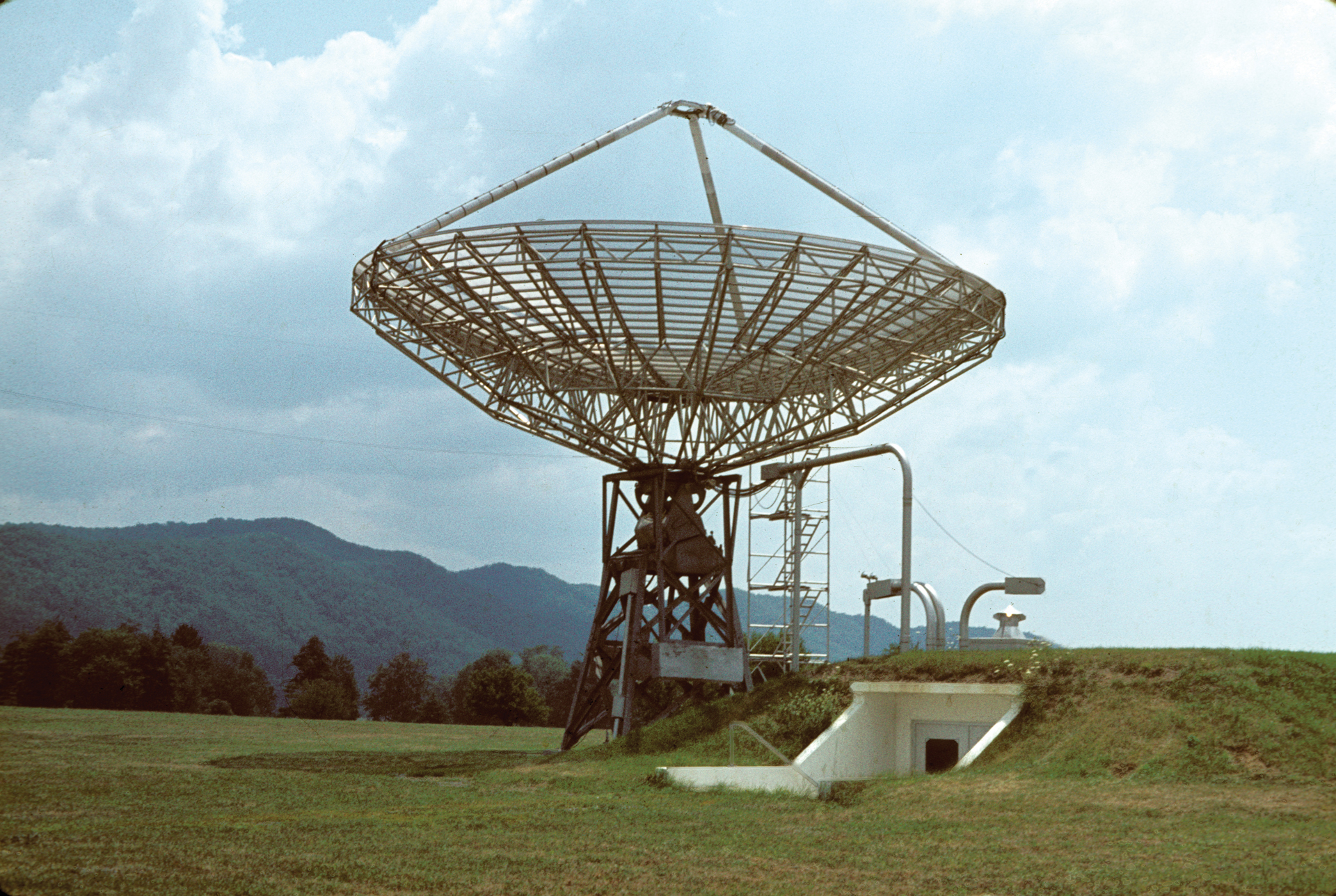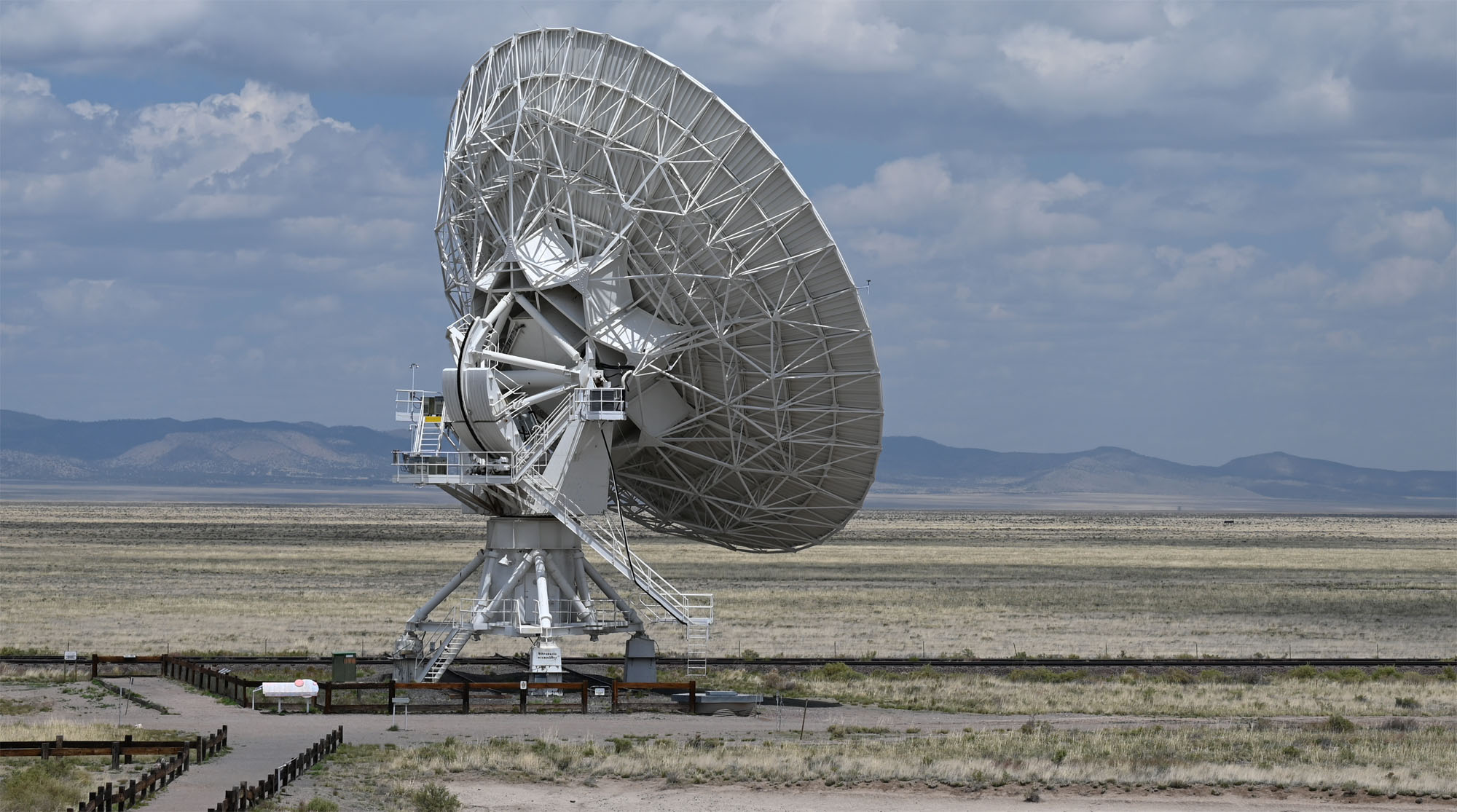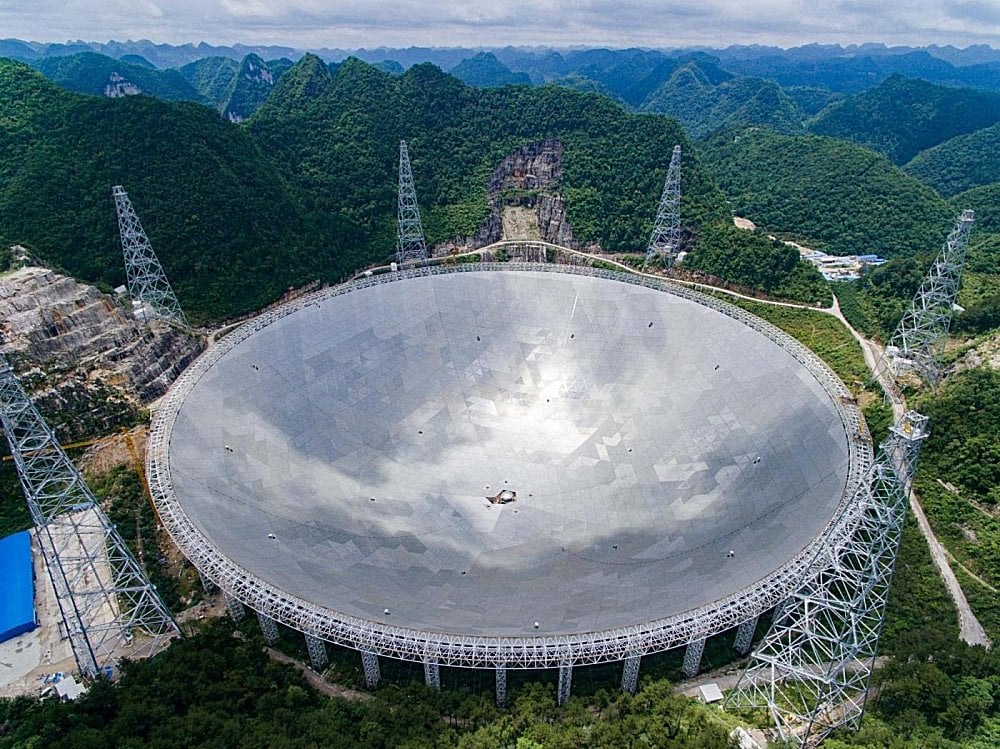
It also gives us the flexibility of stretching the arms when we need to zoom in for more detail. The VLA’s unique shape gives us three nice long arms of nine telescopes each. The wider an array is, the bigger its eye is, and the more detail it can see out in space. The iconic “Y” shape of the VLA is not for looks, it’s for function. The dish moves on an altitude-azimuth mount, what you’ve probably seen as a classic tripod mount: it tilts up and down and spins around. Radio telescopes that collect radio waves in the same frequencies as water’s radio waves need to be in deserts to reduce this background signal from Earth-based water molecules.Įach of the VLA’s 28 antennas (including the one that is a spare) is an 82-foot dish with 8 receivers tucked inside. Humidity is a real problem in radio astronomy, because water molecules distort the radio waves passing through them and also give off their own radio waves that interfere with observations at certain frequencies.

The desert climate of the San Agustin Plain is critical to the success of the VLA.

The Plains are ringed by mountains, which act like a natural fortress of rock that keeps out much of the radio interference from cities even hundreds of miles away. The Plains of San Agustin in New Mexico, northwest of Socorro, is a flat stretch of desert far from major cities. Radio telescopes must be placed where they can collect these faint cosmic radio waves without any radio interference from humans or nature. Cosmic radio waves are billions of a billion times fainter than radio waves used to broadcast information on Earth. The first consideration before building any radio telescope is its location. Throughout the 1960s and 1970s, this four-element array helped NRAO prepare for a Very Large Array of 27 telescopes.ġ975 September 22 – First antenna put in placeġ976 February 18 – First interferometric observation An array is a group of several radio antennas observing together creating - in effect - a single telescope many miles across.Īs a first step, NRAO built the Green Bank Interferometer to learn and develop best communications, correlation, and atmospheric correction practices.

The message was co-authored by astronomer and science communicator Carl Sagan, helping to popularize Arecibo and radio astronomy in general.Įmail Chelsea Gohd at or follow her on Twitter Follow us on Twitter and on Facebook.From the early 1960s at NRAO, astronomers knew they needed an array of radio dishes to complement the work of our giant, single-dish telescopes. Researchers may use FAST to not just explore the universe but also to study alien worlds, determining whether or not they rest in the " goldilocks zone" near their host star, and also search for alien life.įamously, in 1974 at Arecibo, scientists working on the search for extraterrestrial intelligence, or SETI, sent out an interstellar radio message to the globular cluster M13 in the hopes of receiving confirmation of intelligent extraterrestrial life. These instruments can also be used to send out radio signals and even reflect radio light from objects in the solar system (like planets) to see what information might bounce back. Radio telescopes like FAST use antennas and radio receivers to detect radio waves from radio sources in the cosmos, like stars, galaxies and black holes.

"We drew a lot of inspiration from its structure, which we gradually improved to build our telescope," Qiming said.
#Radio telescope full
FAST, which began full operations in January of this year, is also surrounded by a 3-mile (5 kilometers) "radio silence" zone in which cellphones and computers are not allowed. With its massive 1,600-foot (500 meters) diameter dish, FAST is not only larger than the now-destroyed Arecibo telescope, but it's also three times more sensitive.


 0 kommentar(er)
0 kommentar(er)
